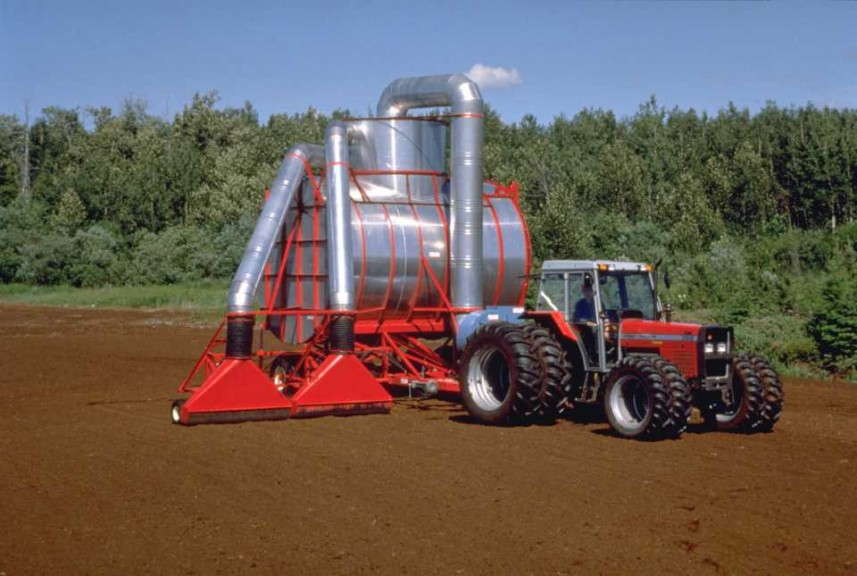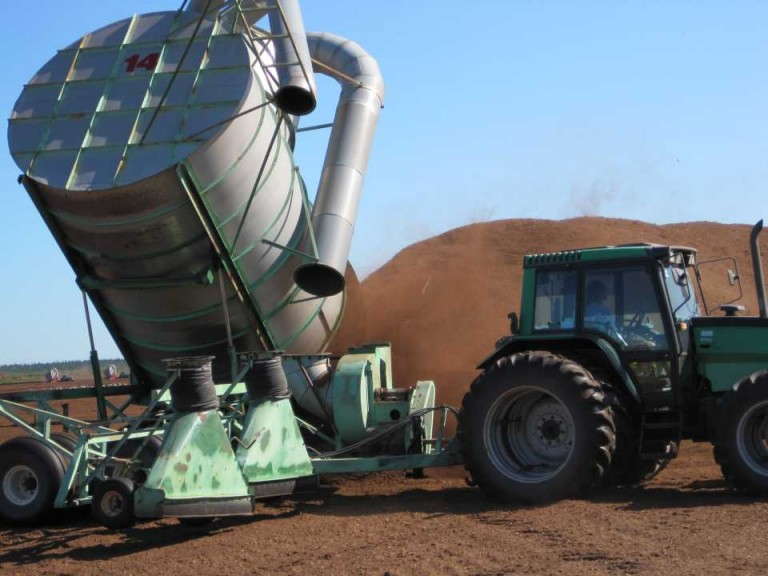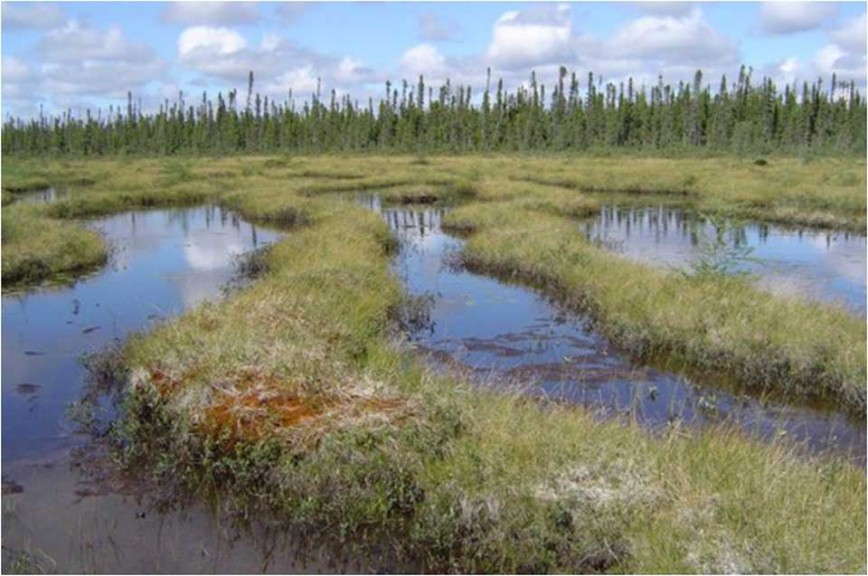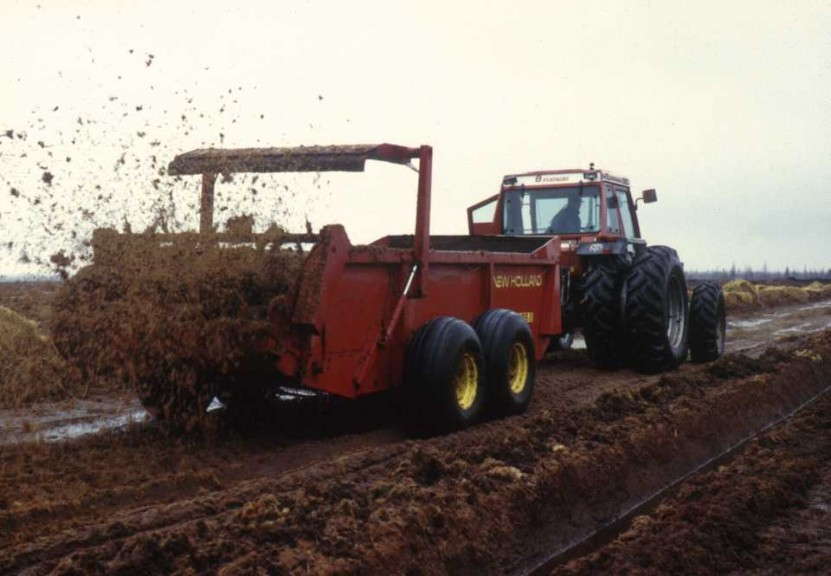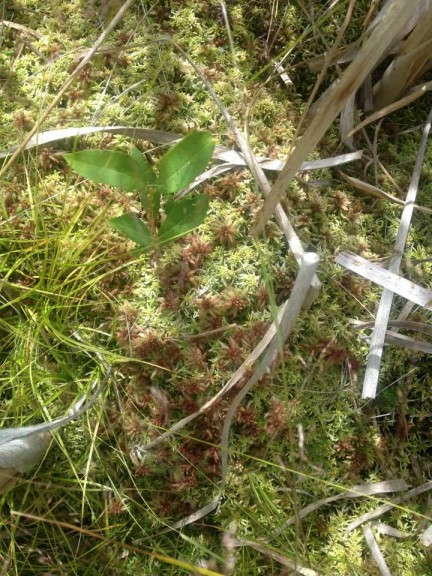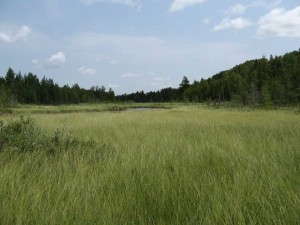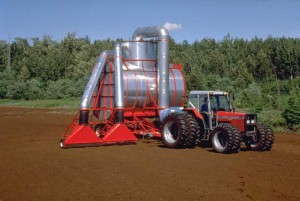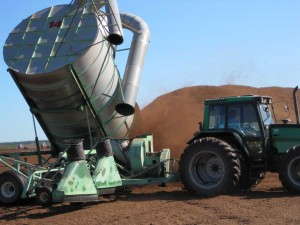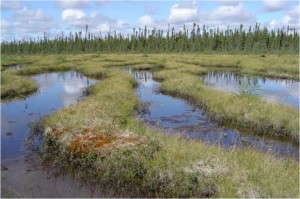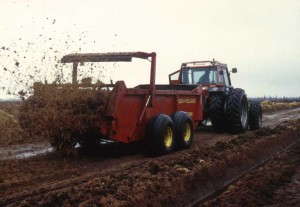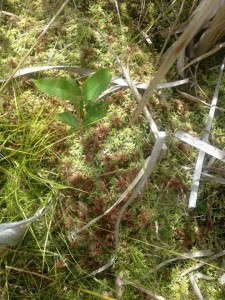Peat Moss May Be In Short Supply This Year
Just as ornamental plant growers and retailers depend on good weather to sell their spring and summer crops, Canadian peat moss producers depend on good weather to be able to harvest their peat. For many growers and retailers, this spring, and in some cases summer, took its time arriving in various parts of the country. Canadian peat moss producers, especially those in the country’s Eastern provinces, had to deal with the same cold, wet weather.
[blackoutgallery id=”64016″]
“There isn’t much the peat moss manufacturers can do,” says Paul Short, president of the Canadian Sphagnum Peat Moss Association (CSPMA). “Being able to harvest is governed by how the weather works. It usually takes two to three days after a storm to get the bogs back to harvest conditions. Because there was so much rain, it was taking four to five days before the companies were able to get back on the bogs. And with the short intervals between storms, even if there was a window of a week between storms, there wasn’t a lot that could be done.”
Short says there was so much water in Eastern Canada, that there was no place for the discharge to go.
“The whole water column was charged because of the rain amounts,” he says. “When a watershed gets fully charged, the only course of action is to wait for the system to flush itself out from the amount of water it has received. The peat producers do whatever they can to get onto the bogs as quickly as they can. They can’t harvest peat that is too wet. It causes challenges in terms of potential heating and the quality of the peat.”
Derek Fee, manager of corporate communications at Sun Gro Horticulture, says his company has faced the same conditions as most Canadian peat moss producers.
“We didn’t have much of a summer here in Canada,” Fee says. “Consequently, it has been a poor harvest year and our own experience reflects that. Our experience has been inline with what the industry has faced. It’s been a season that has been less than ideal for our industry.”
So How Bad Is It?
CSPMA represents about 95 percent of all North American peat production. A survey of association members in August collected information about this year’s actual harvest, as well as an estimate of expected harvest for the remainder of the season. The survey found that in Eastern Canada, which is the country’s largest peat producing region, the average harvest is around 65 percent, which is considerably below average in expected harvest volumes. The reduced production volumes were a result of a delayed start to the harvest season, along with wet summer weather.
Peat producers in Canada’s Prairie Provinces reported below average harvests around 72 percent. The drop in peat volume was blamed primarily on adverse weather.
Only in Quebec did the producers nearly meet or exceed their expectations. These results were primarily due to good weather during mid and late summer.
Fee says producers may have some opportunity to increase production during good harvest years to help defray the shortages during bad years.
“The shelf life of peat in general may be long enough to carry over product from one year into the next,” Fee says. “However, in this particular situation, while 2012 was a good harvest year, 2013 was not. End result, with both last year and this year being less than ideal, that kind of buffer didn’t exist to mitigate the conditions this season.”
Distribution Presents Economic And Logistical Challenges
Short says companies with multiple harvest sites may look to try to move product from a good harvest area to a poor one. He says under these circumstances, producers and their customers will have to look at the costs and additional pricing issues.
Even though Sun Gro Horticulture has multiple production sites throughout Canada and the United States, it still has to deal with shipping the peat throughout the North American market.
“In a normal year, it would be reasonable to say that we may not have been as badly affected as a regional company might have been,” Fee says. “When possible, we will try to supplement product from one region to another to meet market demand. That is part of the reason our distribution system is set up the way it is. Sun Gro is a North American company, but our operation is also regional, so we can attempt to negate some of those costs. However, that can present challenges logistically and economically in terms of what the cost to the market would be.”
Short says not all CSPMA members package the peat they harvest.
“There are layers of types of producers in Canada,” he says. “Some members are purely bulk harvesters. These companies simply harvest the peat in bulk and then sell it to other peat companies that package it and mix it with other components for various clients in the grower industry.”
Expanding Production Sites Involves Extra Costs
Short says although there has been some consolidation within the peat industry, the production area has not shrunk.
“Part of the asset value of why these companies are buying others is the availability of existing bogs and future bog sites,” Short says. “When other companies are acquired, these harvesting sites or lease sites become part of the operating area of the new company. They continue to operate these bogs. Companies are making these purchases to be able to access more harvest sites.”
There are more companies looking to the Western provinces, in particular, to achieve greater access to more sites when they become available. But expanding to another part of the country involves additional costs, like a new infrastructure and plant location, shipping costs and realigning supply lines, Short says.
“There’s much more involved than just acquiring access to the additional bogs. Companies are looking both closer to home and outside current locations.”
To learn more, try the following sources:
Canadian Sphagnum Peat
Moss Association
(780) 460-8280
[email protected]
PeatMoss.com
Sun Gro Horticulture
(800) 732-8667






